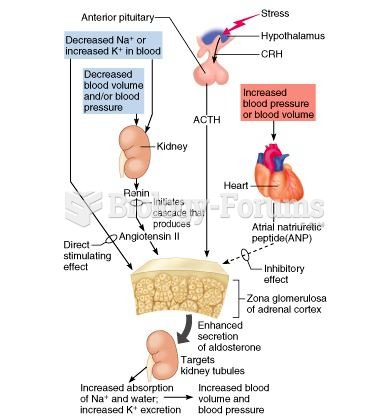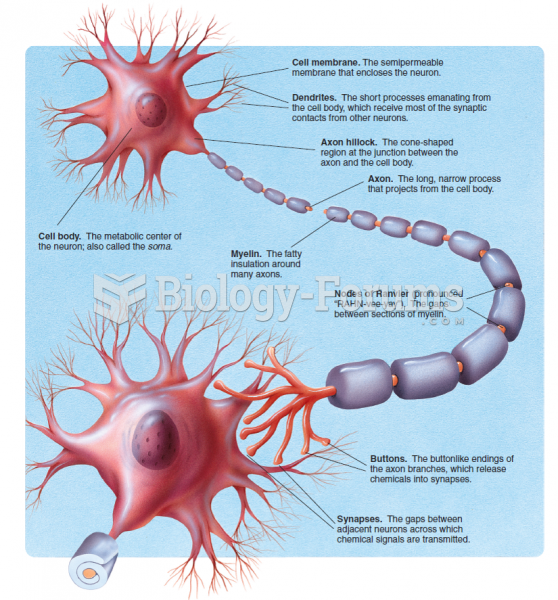The three major parts of the balance of payments are:
a. Current account, capital account, and statistical discrepancy account.
b. Current account, capital account, and financial account.
c. Balance of trade, financial account, and reserves account.
d. Balance on goods and services, reserves account, and statistical discrepancy account.
e. Current account, capital account, and balance on goods and services.
Question 2
Suppose we were analyzing the pound per Swiss franc foreign exchange market. If Switzerland's risk level rises relative to England and nothing else changes, then
a. The supply of Swiss francs in the foreign exchange market falls, and the demand for Swiss francs in the foreign exchange market rises, causing an appreciation of the Swiss franc.
b. The supply of Swiss francs in the foreign exchange market falls, and the demand for Swiss francs in the foreign exchange market falls, causing an uncertain change in the value of the Swiss franc.
c. Neither supply nor demand in the foreign exchange market change because relative international prices influence trade flows and not the exchange rate.
d. The supply of Swiss francs in the foreign exchange market rises, and the demand for Swiss francs in the foreign exchange market falls, causing a depreciation of the Swiss franc.
e. The supply of Swiss francs in the foreign exchange market rises, and the demand for Swiss francs in the foreign exchange market rises, causing an uncertain change in the value of the Swiss franc.1.The balance of payments:
a. Includes exactly the same transactions that are included in the foreign exchange market.
b. Is the sum of all financial payments between residents of one nation and residents of the rest of the world.
c. Is a flow concept.
d. All the above.







